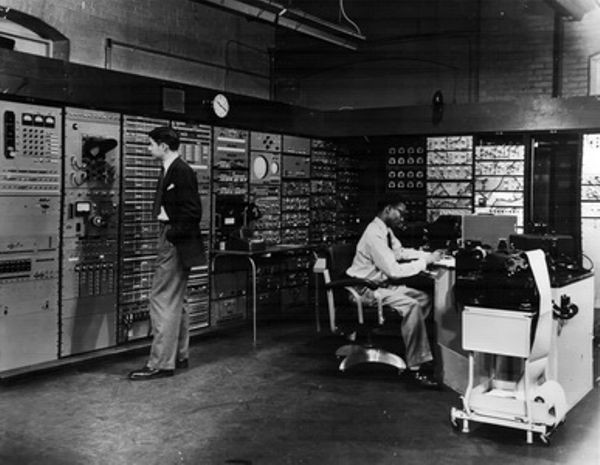What Happened Today, December 18th

IBM and Siemens AG announce they have developed a prototype 64 megabyte DRAM chip. This development was in line with Moore’s Law which predicts a doubling of the number of transistors etched into silicon every 18 months.
What Happened This Week
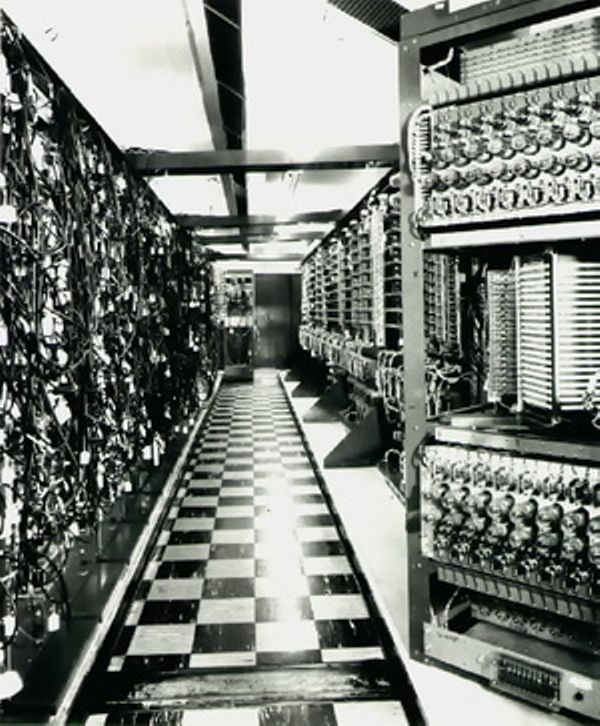
Edward R. Murrow’s See It Now program features the Whirlwind computer. Designed at MIT by Jay Forrester and a team of engineers, the computer was noted for its reliability: it had the capability to run 35 hours a week at 90-percent utility using an electrostatic tube memory (Williams Tube). The machine was started in 1945 and completed in 1951 and took up 3,100 square feet of floor space.
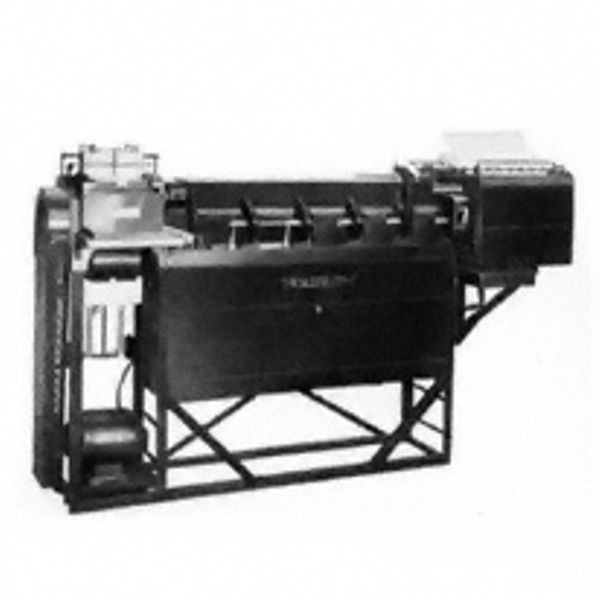
Hollerith’s Census Machine was first employed by the US Census Bureau in 1890 as the result of a crisis in counting a rapidly-increasing US population. Methods based on Hollerith's machine served for almost 60 years until the Bureau adopted electron.
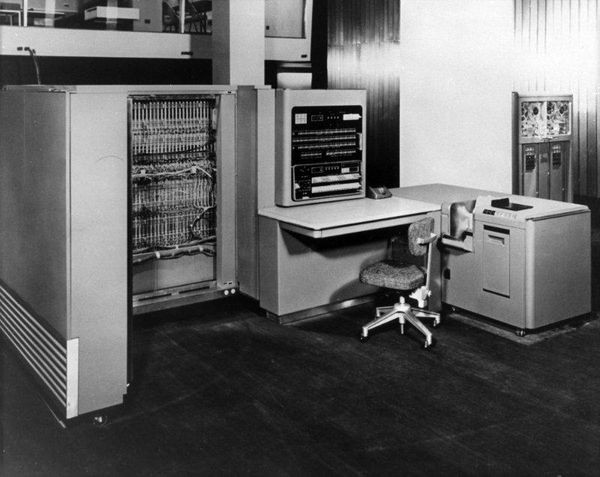
IBM-701 Team Member William F. McClelland is born in Bronxville, New York. He received a BS from MIT in 1947 and immediately joined IBM Watson Laboratory. At IBM he programmed the SSEC (Selective Sequence Electronic Calculator) for John von Neumann and was chairman of the Mathematics Planning Group in 1951-1953. This group developed computer specifications to solve complex mathematical problems, performed basic research in the use of a stored-binary calculator, and wrote and tested programs that were supplied to the customers of the 701.
McClelland had held various management and marketing positions at IBM until his retirement in 1982.
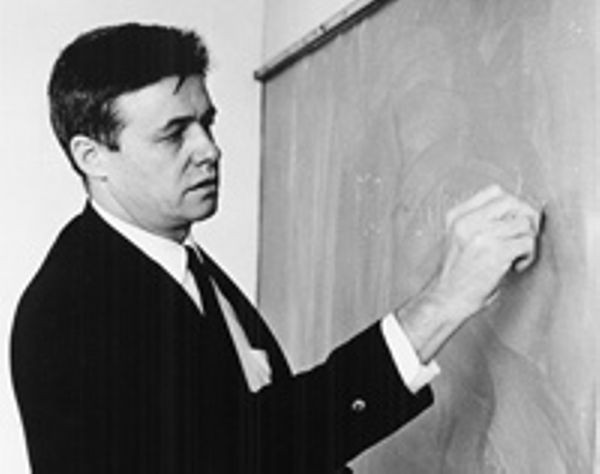
Kenneth E. Iverson is born in Camrose, Alberta, Canada. He received a BA in mathematics from Queen’s University in Ontario, and an MA and PhD in applied mathematics from Harvard. Iverson taught at Harvard and worked for IBM and IP Sharp Associates. With Adin D. Falkoff, he developed A Programming Language (APL). It was a triumphant start to his career, and for over 35 following years Iverson was able to transform his invention into a successful commercial enterprise. He received the AFIPS Harry Goode Award in 1975, ACM Turing Award in 1979, IEEE Computer Pioneer Award in 1982, and the National Medal of Technology in 1991.

IBM and Siemens AG announce they have developed a prototype 64 megabyte DRAM chip. This development was in line with Moore’s Law which predicts a doubling of the number of transistors etched into silicon every 18 months.

Adin D. Falkoff is born in New Jersey. He received a BChE in chemical engineering from the City College of New York in 1941 and MA in mathematics from Yale in 1963. He started working for IBM in 1955. With Kenneth E. Iverson, Falkoff developed A Programming Language (APL). Iverson credited him for choosing the name APL and the introduction of the IBM golf-ball typewriter with the replacement typehead, which provided the famous character set to represent programs. Falkoff received IBM’s Outstanding Contribution Award for the development of APL and APL/360, and ACM’s Award for "outstanding contribution to the development and application of APL."
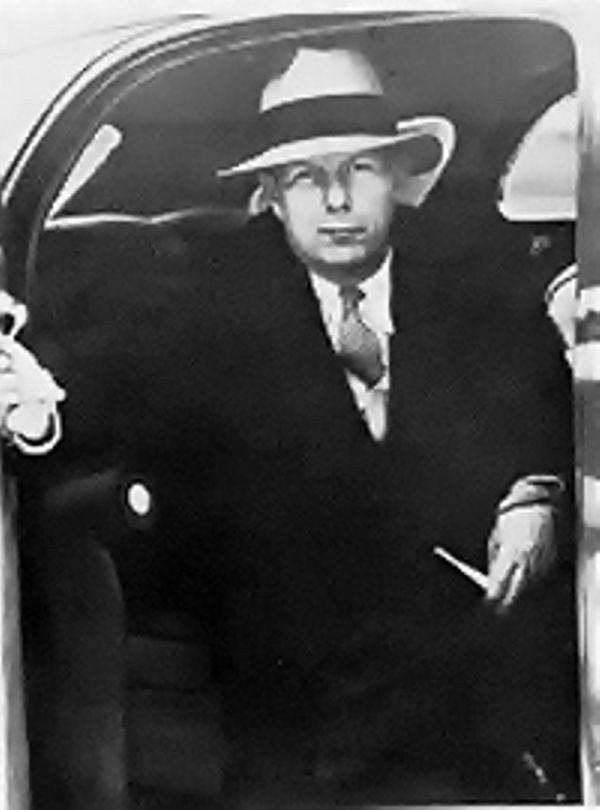
Thomas Watson, Jr. informs Harvard University President James B. Conant that Norman Bel Geddes would be designing the cover of the Harvard Mark I computer. Bel Geddes was an American industrial designer who also worked on such things as Philco radio cabinets and a Graham Page car. He was deeply interested in the future, illustrating a book in 1932 that described, among other things, a huge passenger airplane with public lounges and an exercise center. Bel Geddes also designed the GM pavilion at the 1939 World's Fair.



